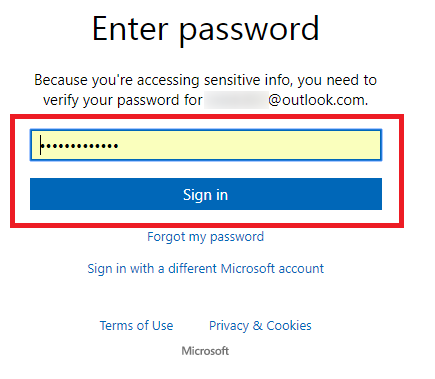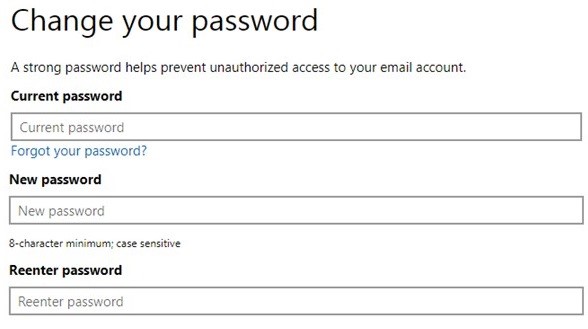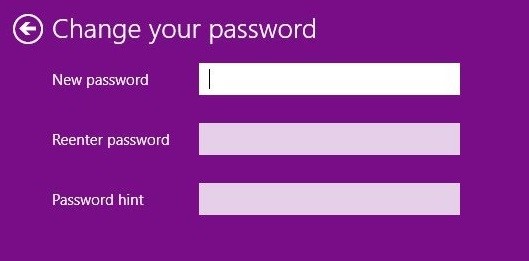We can easily deduct that Microsoft is trying hard to limit the reach of hackers trying to use weak password lists to crack open accounts. Unfortunately, weak passwords aren’t the only treat to our password security. Let’s face it, the majority of us use only one strong password for all accounts. One key logger in the right place can compromise the whole suite of accounts that one user might have. With the latest cybersecurity treats, having an extra security measure for your Microsoft account(MSA) might just avoid a total disaster. A good start would be to enable password expiration, which will force you to change your password every 72 days. This security measure has been around since Windows 7, but many users ignored it until the latest security concerns. If your MSA is fairly new, you probably have password expiration enabled unless you disabled it from the account creation screen. Luckily, users working with an old Microsoft account can easily enable this feature by following a few simple steps. The only downsize is they will be forced to change the password in the process. Follow our quick guides down below to enable or disable password expiration for a Microsoft Account(MSA).
How to Enable or Disable Password Expiration
Note: If you need to disable password expiration the “Make me change my password” box will already be checked. Uncheck it and hit Next to disable password expiration.
Note: If the 72 days’ period has expired, you’ll still be able to log into your Microsoft account with the old password, but you won’t be permitted to use any Microsoft service until you take the time to configure a new one.



